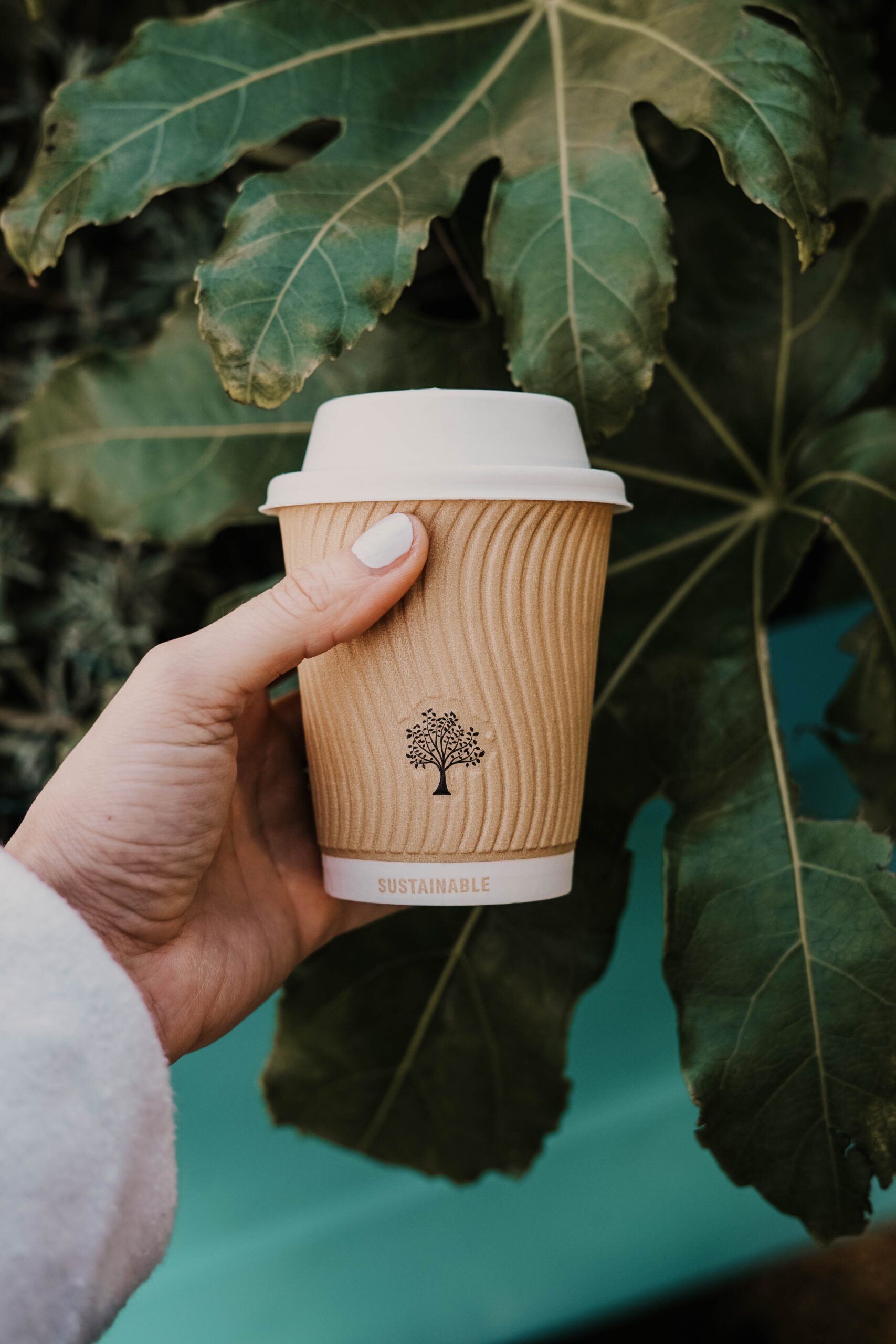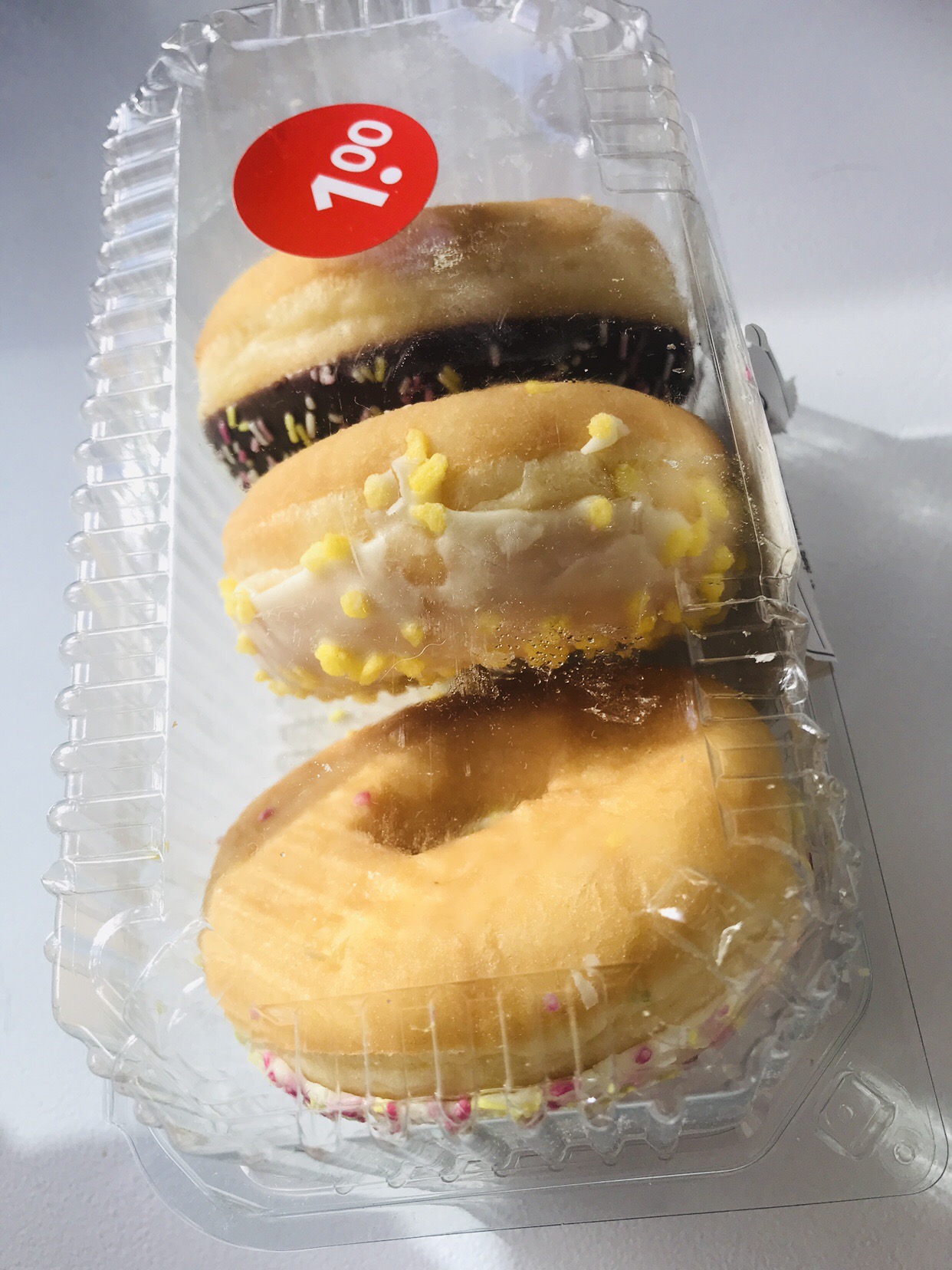
Dear readers,
Well these past two weeks were actually good, food wise speaking. I really enjoyed the foods I have been eating. I am not a person that really believes that you should eat oats only in the morning or a grilled cheese is only a lunch thing. So I eat the most random things at the most random moments. I try to opt for 200 grams of veggies each day and two pieces of fruit most of the time. It always ends in 3 pieces of fruit and either 300 grams of veggies or 100 grams or sometimes not at all. And to be honest that’s fine. You cannot always get what you want, right?
Next to this I ate some pork meat last week (19-26 april) and damn, not my jam. I was nauseous half of the day. I only eat some chicken sometimes and during my period a bit of red meat, in Dutch (ossenworst) a cured Jewish sausage on some bread. So that said, I think I’will keep eating a bit of meat (two days a week or less) and keep it vegetarian the rest of the week. Enjoy this one!
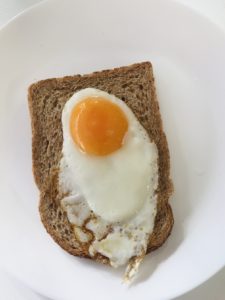
Simple slice of bread and an egg that looks like a fish if you ask me.

So these donuts were bought for the birthday of Dino (my dog) he got a little part on his birthday (22th of April) and we ate.. yeah the whole damn thing.
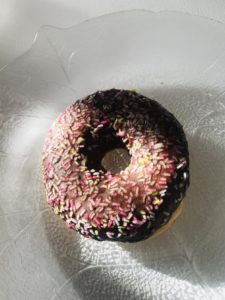
I am always team chocolate

I had a ‘whay I eat in a day’ on Instagram. This was rice with tofu and chickpeas. It was a high protein day without meat.
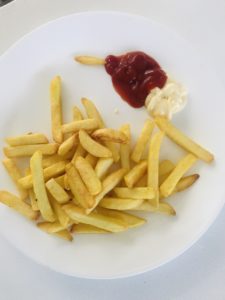
I call these my dietitian fries. low sugar and low fat sauces and fresh fries. It really saves you around 300 calories.
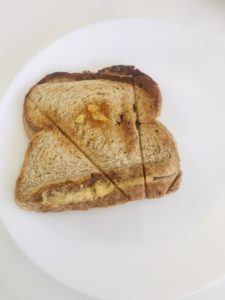
Tosti aka grilled cheese is my jam. Always.
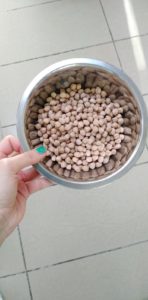
Soaking biological chickpeas.
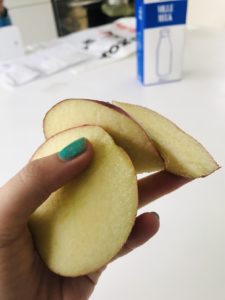
Some apple.

Some chicken with veggies. This was supper.

Protein shake with banana, almond milk and prozis whey.
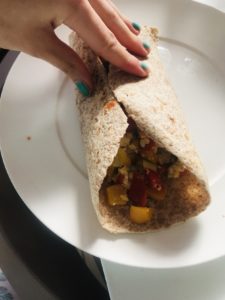
Whole wheat egg breakfast wrap.
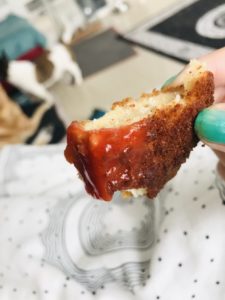
1/2 chicken burger with ketchup.
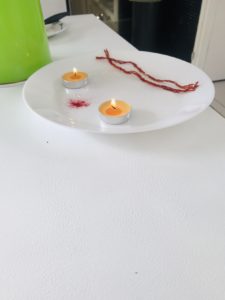
Dino’s birthday prayer (It’s a Hindu thing).
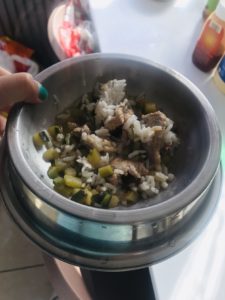
Dogfood at our home is almost always fresh meat, greens and rice.
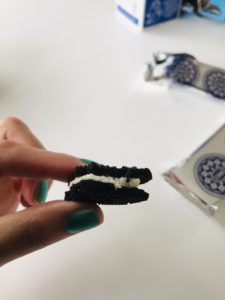
I really craved this. Why on earth are there two in a package….
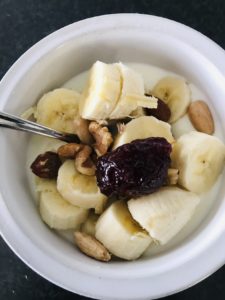
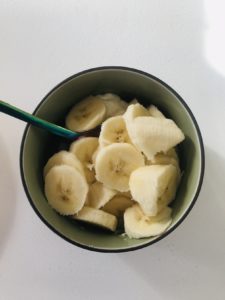
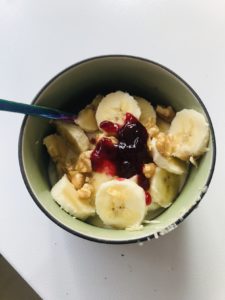
This has been either my lunch or breakfast. Banana, nuts, greek yoghurt 10% fat, jam and that’s it.
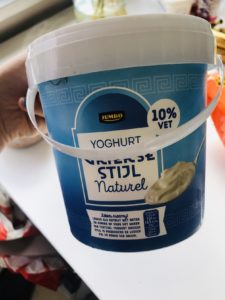
Your hormones (as a female) will be thankful for this or Turkish yoghurt 8%.
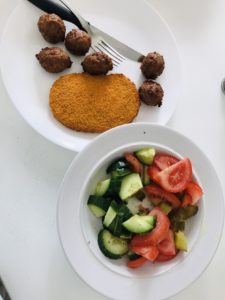

Brunch in the morning, cuz I had way too many appointments.

Fatty fish for the healthy fats.
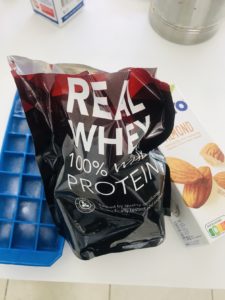
Making a shake again :D.
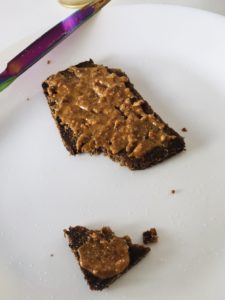
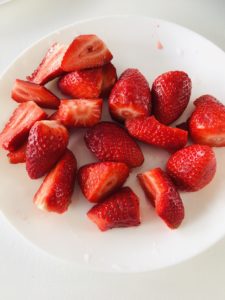

These were snacks in the afternoon.
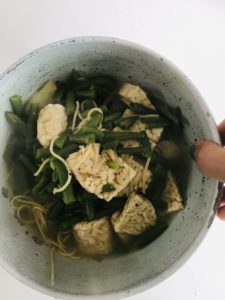

My breakfasts the last two weeks. Yes that’s soup.
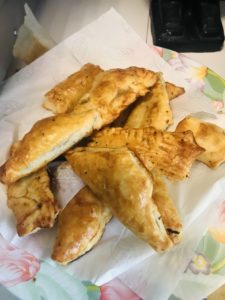
I am so bad in pastry. And Lazy, so I often buy them. But these were Indonesian pastry with minced cow meat.
Greetings,
Queeny

